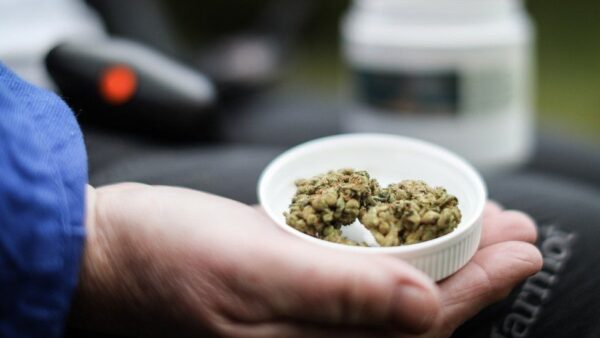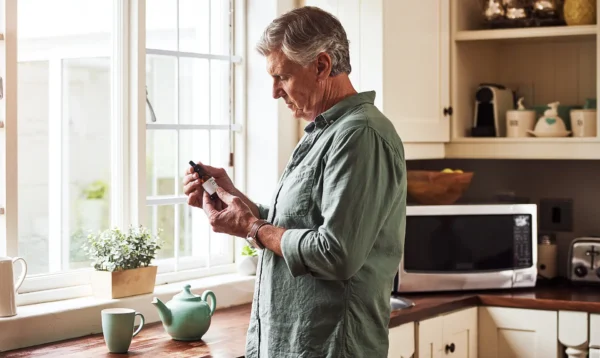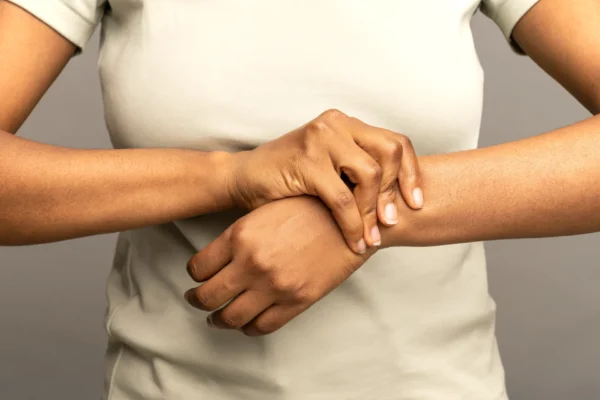As patient and clinician interest in the potential of cannabis-derived compounds such as cannabidiol (CBD) continues to rise, it is essential that clinical procedures regarding their research and study are thorough and supported by the most recent evidence. For example, clinical trials comparing pharmacological interventions (in this case CBD) to placebo and/or active controls tend to be conducted using either a ‘parallel-group’ or ‘crossover trial’.
While a parallel-group study involves each participant receiving only one treatment (e.g., CBD or placebo), those in a crossover design will receive all available treatments, separated by an adequate washout period; that is the amount of time needed to ensure the last treatment has been cleared from the body before the next treatment is administered. Therefore, the authors of a recent review note that “studies eliminating the ‘window of detection’, or length of time treatments can persist in biological matrices, are, therefore, useful.”
Calculating Washout Periods
Currently, the most common method for calculating adequate washout periods involves multiplying the half-life (the time it takes concentrations to halve in the blood) by a factor of 5 and 10. According to this rule, CBD, which has been reported to have a half-life in plasma of 14.43 hours, can be predicted to wash out within 3-6 days. However, the authors of the current study note that this practice is somewhat arbitrary and so it may underestimate washout periods, which in turn may affect the results of often costly clinical trials.
Specifically, it is suggested that the window of detection for CBD may be more in line with that of THC, which has been found to be >5 days in daily cannabis users. Both CBD and THC are lipophilic compounds, meaning they are readily stored in and slowly released by fatty tissues – though more so, THC. However, as CBD is often administered at higher doses in clinical settings, the researchers suggest, “it seems likely to have a similarly long window of detection. This theory appears to be supported by the findings of past studies.
Design and Methods of the Study
The researchers performed a secondary analysis of data collected in three clinical trials (CTs). The three studies recruited: (CT 1) healthy males aged between 18 and 45 years; (CT 2) individuals aged between 35 and 60 with chronic insomnia disorder; and (CT 3) healthy individuals aged between 18 and 65. All participants were instructed to avoid using cannabinoids throughout the study period.
Participants in CT1 were administered one 300 mg dose of CBD at 9:00 am; participants in CT 2 were administered one 200 mg dose of CBD and 10 mg of THC at 10:00mpm; and participants in CT 3 were administered one dose of 15, 300, or 1500 mg CBD per treatment session (each dose was made up to an equivalent volume with the addition of placebo) at 09:00 am.
Plasma cannabinoid concentrations were measured at baseline and approximately 75-, 155-, 205- and 265-minutes post-treatment in CT 1; at around 11 hours post-treatment in CT 2; and at baseline and roughly 45-, 75-, 180- and 240-minutes post-treatment in CT 3. However, the current investigation only assessed measures obtained at baseline in CTs 1, 3 and 11 hours post-treatment in CT 2.
Participants were included for analysis if their plasma cannabinoid concentrations were measured at ≥7 days after CBD use. The proportion of participants with detectable concentrations of CBD, 7-COOH-CBD, 7-OH-CBD, 6-OH-CBD, THC, 11-COOH-THC and 11-OH-THC in plasma ≥7 days after consuming a single oral dose of 15, 200, 300 and 1500 mg CBD was calculated. Zero-inflated negative binomial mixed-effects regression analysis was then used to determine whether certain demographic factors influenced residual plasma cannabinoid concentrations and to estimate the ‘window of detection’ (the length of time cannabinoids persist in plasma).
Results of the Study
A total of 32 participants (CT 1 = 5; CT 2 = 10; CT 3 = 17) were included in the final review. All 17 participants in CT 3 provided more than one eligible blood sample as they received several different treatments throughout the investigation. Therefore, the total number of participants providing blood samples ≥7 days after 15, 200, 300 and 1500 mg CBD was, therefore, 12, 10, 19 and 12, respectively. Eight of the latter 12 also provided a second blood sample ≥14 days after 1500 mg CBD (Time 2).
Overall, a large proportion of participants (24 out of 54 blood samples) had detectable concentrations of CBD in plasma ≥7 days post-treatment. Furthermore, the likelihood of detecting CBD, and the specific concentration observed, increased with dose, and decreased over time. The results of this analysis suggest that every 100 mg increase in the dose of CBD extended the window of detection by approximately 4 days. This would mean that doses of 100, 300, and 600 mg of CBD could be predicted to persist in plasma for an average of 5, 13 and 25 days, respectively, while doses in the ‘nutraceutical’ range (e.g., 15 mg) likely have limited persistence.
7-COOH-CBD (a metabolite of CBD) was also observed more frequently than CBD and present at concentrations around 20 times higher. This is consistent with previous pharmacokinetic studies of oral CBD which have revealed that 7-COOH-CBD reaches higher concentrations in plasma than CBD. As 7-COOH-CBD is not as lipophilic as CBD, this prolonged persistence may not reflect accumulation in adipose (fatty) tissue.
Conclusions
The researchers note that while current findings suggest “that low residual plasma CBD concentrations, particularly, those <1.75 ng/ml, are unlikely to elicit substantial carryover phenotypic or disease-modifying effects in crossover studies”, this remains an undesirable potential confounder that is best avoided. It is recommended that crossover studies involving CBD should, therefore, be conducted with caution, particularly when higher doses and/or chronic dosing regimens are used.









